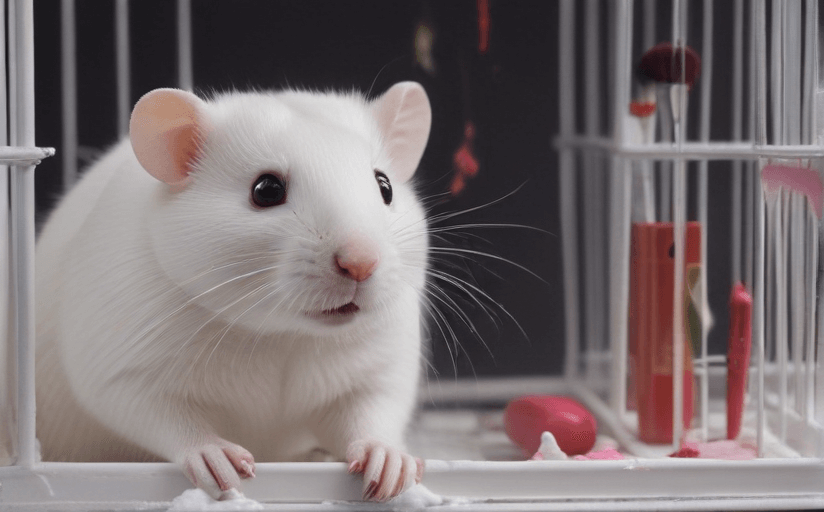Animal Testing in the Beauty Industry: Necessary or Brutal?
This article seeks to provide an in-depth exploration into the use of animal testing within the beauty industry. We aim to understand whether this practice is a necessary evil for the industry or a brutal, unethical tactic that should be universally outlawed.
Current Status of Animal Testing
Animal testing for cosmetic purposes is still a contentious issue worldwide. Despite mobilization towards banning such practices in several countries, many regions continue with testing. According to Cruelty Free International, it is estimated that over half a million animals suffer and die annually for the sake of cosmetic testing.
Historical Relevance and Scientific Importance
The use of animals in testing started in the 1920s as a method to guarantee the safety of cosmetics for human use. Animal testing allowed researchers to gather scientific data, analyze potential threats and risks, and ensure that products were safe for human use.
Ethical Implications
The arguments against animal testing in the cosmetics industry are fundamentally ethical. Critics argue that it subjects animals to distress, suffering, and sometimes death, which is deemed immoral and unnecessary. Animal rights activists have long fought for changes to the law and are seeking to establish global standards prohibiting animal cruelty in the name of beauty.
Regulations Regarding Animal Testing
Regulations vary significantly internationally. The European Union banned animal testing in 2013, followed by countries like India, Israel, and Norway. However, in regions like China, cosmetic products must be animal tested before they are approved for the market.
Major Beauty Brands and Consumer Sentiment
Several major beauty brands, such as LUSH and The Body Shop, have committed to cruelty-free practices and use alternatives to animal testing. Meanwhile, consumer sentiment has been shifting, with increased demand for cruelty-free and vegan cosmetics, demonstrating a growing awareness of and concern for animal testing in the industry.
Alternatives to Animal Testing
There are numerous alternatives to animal testing currently available. These include in vitro testing, computer predictive models, and microdosing. These alternatives are effective and many believe they should become the industry standard. However, some challenges with these alternatives exist due to the costs involved in implementing new testing methodologies and whether they guarantee the same level of human safety.
Conclusion
The moral implications of animal testing undeniably weigh heavy, sparking worldwide debates and movements against the practice. At the same time, the necessity of animal testing stems from a historical reliance on it to guarantee consumer safety. While alternatives are emerging, the need for concrete solutions that balance consumer safety, cost, and moral obligations to animals cannot be overstated. The complexity of the issue calls for informed consumer decisions and continued dialogue among all stakeholders in the industry.


















Comments
Leave a Comment